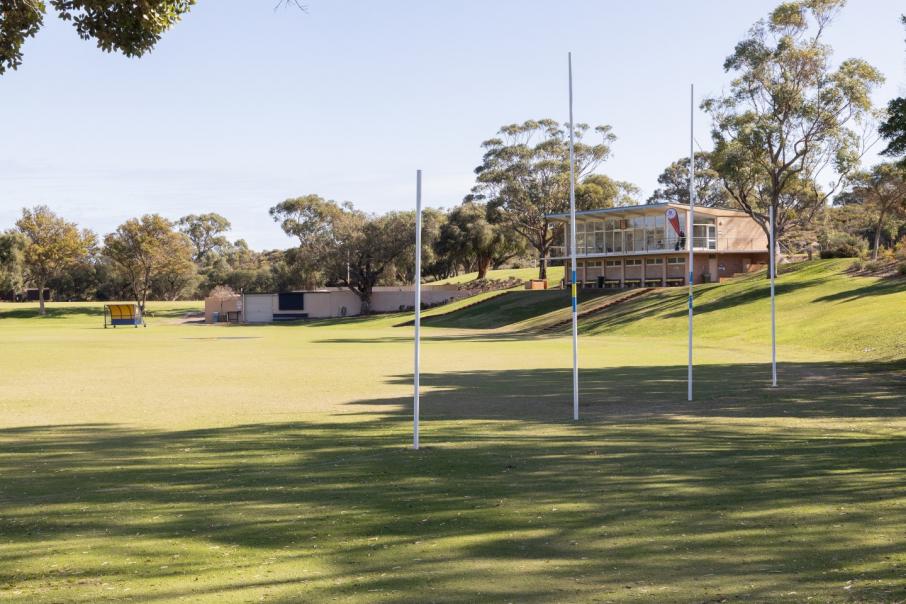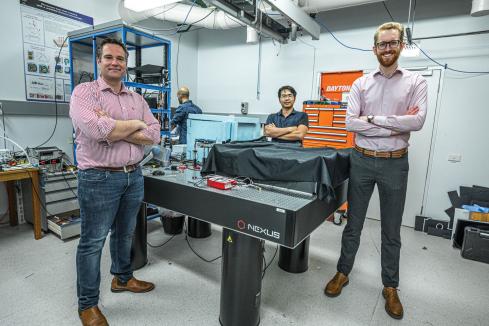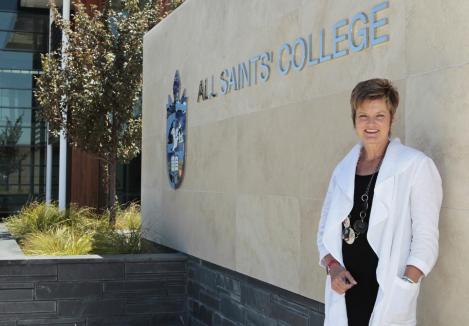Some of Western Australia’s most prominent private and independent schools have amassed financial reserves worth tens of millions of dollars in recent decades, with endowment fees supporting the ongoing investments of their associated foundations.


Some of Western Australia’s most prominent private and independent schools have amassed financial reserves worth tens of millions of dollars in recent decades, with endowment fees supporting the ongoing investments of their associated foundations.
That’s according to Business News’s Data & Insights (formerly BNiQ), which shows the 10 largest school-affiliated foundations in the state sitting on assets valued at a cumulative $241 million.

Those figures belie the conservative investments made by many foundations, which often limit their year-to-year spending to supporting scholarships and minor extracurricular programs.
Some foundations have used funds to develop facilities for their schools.
Christ Church Grammar School Foundation, for example, made a $17 million donation to the school in 2017 that comprised funding for a new preparatory school and the gifting of a playing field in Mount Claremont.
St Mary’s Anglican School Foundation has taken a different tack, spending $17.4 million since 2005 on a campground in the rural town of Metricup, 20 kilometres north of Margaret River.
That facility’s vineyard was planted in 2008 and first picked in 2011. It has produced a series of vintage chardonnays and cabernet sauvignons marketed and sold under the ‘Frankie’s Folly’ brand.
According to St Mary’s Anglican School Foundation’s most recent annual report, the school values its more than 7,000 bottles of wine on hand produced at the vineyard at $53,955.
Despite those notable examples, most school-affiliated foundations have limited their disbursements in recent years, with Christ Church Grammar School Foundation and All Saints’ College Foundation the only entities to distribute more than $1 million of funding to their associated schools in 2018.
That’s coupled with what appear to be conservative reinvestment strategies, with most foundations favouring ASX-listed shares and index funds over speculative investments.
Foundations associated with Wesley College, Perth College, and Penrhos College have expanded their focus and put money into the housing market, with each foundation owning two investment properties.
All Saints’ College chair Mark Stickells told Business News the school’s foundation took a conservative approach to financial management, using its funds to support smaller-scale activities at the college.
He argued that the foundation, which held assets collectively worth $22 million, was for now best suited to supporting initiatives and activities inside of the school.
By comparison, All Saints’ College’s total operating income in 2018 was $35 million.
“A foundation of our order … can contribute towards initiatives and activities,” Mr Stickells said.
“If it came to a significant financial crisis for the college, then our foundation would have to be an order of magnitude larger to sustain the college.”
Foundation origins
For many schools, the historical reason for establishing a foundation may go back to 1985, when the federal government introduced the Education Resource Index (ERI), which determined funding for private schools by dividing their total revenue by their number of enrolments.
That model was criticised in subsequent years, with a parliamentary inquiry in 2004 noting problems in obtaining data from private schools on their income, as well as the uptake in loopholes to qualify for higher funding categories.
While there’s no clear evidence that any of WA’s foundations were established for this purpose, it is notable that five of the state’s 10 largest school-affiliated foundations were founded within two years of the ERI’s implementation.
Hale School headmaster Dean Dell'Oro explained that having a separate entity, subject to annual auditing and featuring independent board members, was a way to give benefactors a measure of assurance if they decided to donate to the school.
“If you’re a fellow who has loved school and has a bit of cash left over at the end of his life, you’re not going to drop $100,000 into a foundation if you don’t think the money is going to be looked after,” Mr Dell’Oro said.
“They [benefactors] appreciate having a board and separation that’s fully focused on managing that money, looking after it, not wasting it, using it for the right purpose, honouring whatever’s in their bequest and what’s in their will.”















